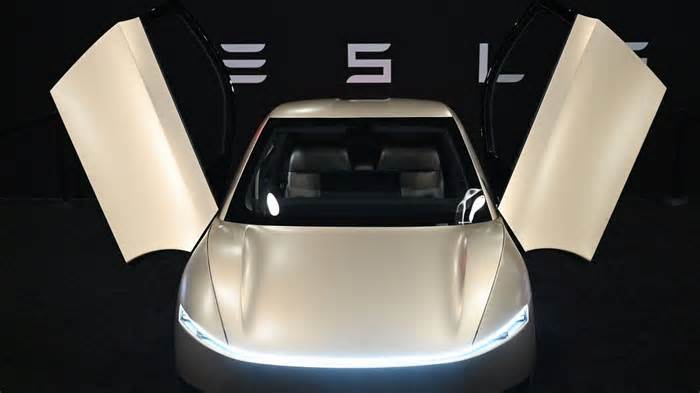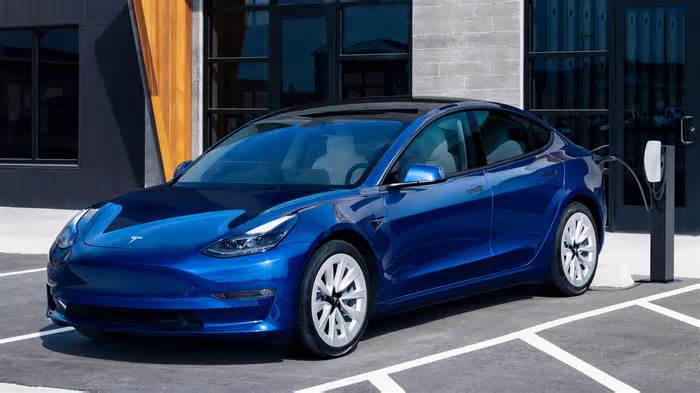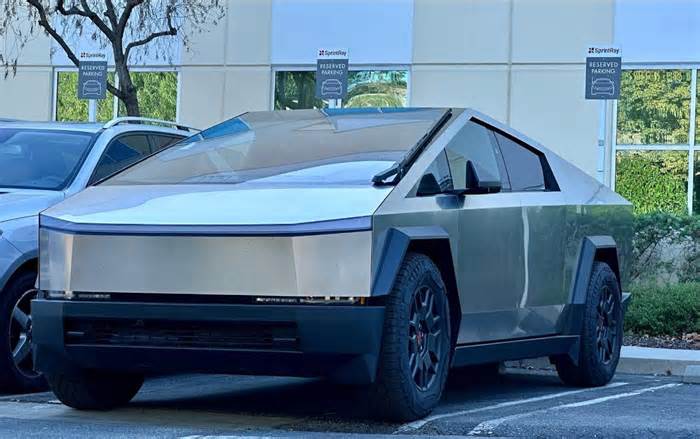
SpaceX launches Starship rocket, but abandons attempt to catch booster at launch site
- by PBS
- Nov 19, 2024
- 0 Comments
- 0 Likes Flag 0 Of 5

Nov 19, 2024 5:56 PM EST
SpaceX on Tuesday launched another Starship rocket, but passed up catching the booster with giant mechanical arms.
Unlike last month’s success, the booster was directed to a splashdown in the Gulf of Mexico. The catch was called off just four minutes into the test flight from Texas for unspecified reasons, and the booster hit the water three minutes later.
Not all of the criteria for a booster catch was met and so the flight director did not command the booster to return to the launch site, said SpaceX spokesman Dan Huot. He did not specifying what went wrong.
At the same time, the empty spacecraft launched from Texas atop Starship soared across the Gulf of Mexico on a near loop around the world similar to October’s test flight. Skimming space, the shiny retro-looking craft targeted the Indian Ocean for a controlled but destructive end to the hourlong demo.
It was the latest test for the world’s biggest and most powerful rocket that SpaceX and NASA hope to use to get astronauts back on the moon and eventually Mars.
SpaceX kept the same flight path as last time, but changed some steps along the way as well as the time of day. Starship blasted off in late afternoon instead of early morning to ensure daylight halfway around the world for observing the spacecraft’s descent.
Among the new objectives: igniting one of the spacecraft’s engines in space, which would be necessary when returning from orbit. There were also thermal protection experiments aboard the spacecraft, with some areas stripped of heat tiles to see whether catch mechanisms might work there on future flights. Even more upgrades are planned for the next test flight.
Donald Trump flew in for the launch in the latest sign of a deepening bond between the president-elect and Elon Musk, SpaceX’s founder and CEO.
SpaceX wants to eventually return and reuse the entire 400-foot (121-meter) Starship. Full-scale recycling would drive down the cost of hauling cargo and people to the moon and Mars, while speeding things up. The recycling of SpaceX’s Falcon rockets flying out of Florida and California has already saved the company time and money.
NASA is paying SpaceX more than $4 billion to land astronauts on the moon via Starship on back-to-back missions later this decade. Musk envisions launching a fleet of Starships to build a city one day on Mars.
This was the sixth launch of a fully assembled Starship since 2023. The first three ended up exploding.
The Associated Press Health and Science Department receives support from the Howard Hughes Medical Institute’s Science and Educational Media Group. The AP is solely responsible for all content.
Left:
SpaceX's next-generation Starship spacecraft atop its powerful Super Heavy rocket is launched on its sixth test at the company's Boca Chica launch pad in Brownsville, Texas, Nov. 19, 2024. Photo by Joe Skipper/Reuters
Related
Please first to comment
Related Post
Stay Connected
Tweets by elonmuskTo get the latest tweets please make sure you are logged in on X on this browser.
Sponsored
Popular Post
Middle-Aged Dentist Bought a Tesla Cybertruck, Now He Gets All the Attention He Wanted
32 ViewsNov 23 ,2024
Tesla: Buy This Dip, Energy Growth And Margin Recovery Are Vastly Underappreciated
28 ViewsJul 29 ,2024






 Energy
Energy



















